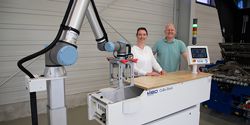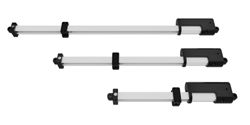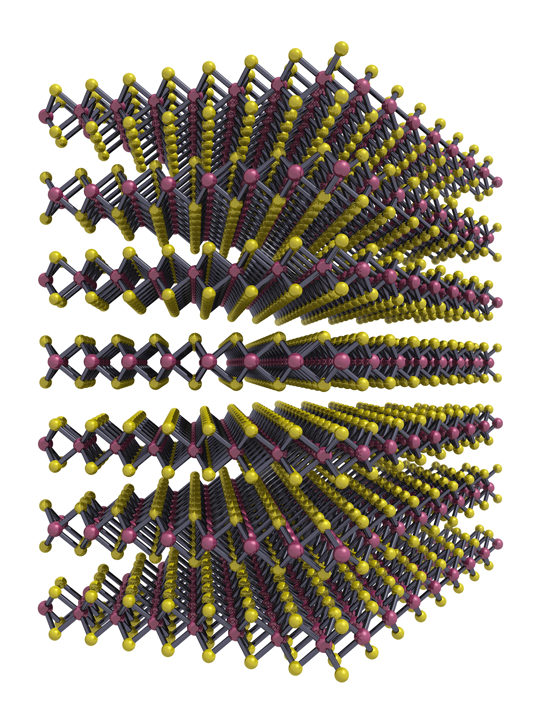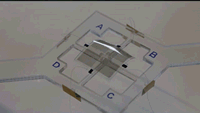Actuator Technology in Robotics Applications
LINAK offers easy integration with robotics applications through CANOpen. Our DC actuators match up with battery voltage to provide the complete linear motion system.
What Are the Differences Between Linear and Rotary Actuators?
Depending on the nature of the output motion, actuators can be divided into linear and rotary. Each of these is available in different versions and configurations that help deliver the desired outcome.
10 Different Options For Controlling Linear Actuators
Below you will find ten different options for controlling linear actuators. This list is intended to give you an overview of what's possible for linear actuator control. It's not exhaustive, there are other options, but these are the ones that will work for most people.
Acting Like a Muscle, Nano-Sized Device Lifts 165 Times its Own Weight
Rutgers University-New Brunswick engineers have discovered a simple, economical way to make a nano-sized device that can match the friendly neighborhood Avenger, on a much smaller scale. Their creation weighs 1.6 milligrams (about as much as five poppy seeds) and can lift 265 milligrams (the weight of about 825 poppy seeds) hundreds of times in a row.
Artificial muscle for soft robotics: Low voltage, high hopes
Phys.org: Soft robots do a lot of things well but they're not exactly known for their speed. The artificial muscles that move soft robots, called actuators, tend to rely on hydraulics or pneumatics, which are slow to respond and difficult to store.
Dielectric elastomers, soft materials that have good insulating properties, could offer an alternative to pneumatic actuators but they currently require complex and inefficient circuitry to deliver high voltage as well as rigid components to maintain their form—both of which defeat the purpose of a soft robot.
Now, researchers at the Harvard John A. Paulson School of Engineering and Applied Sciences (SEAS) have developed a dielectric elastomer with a broad range of motion that requires relatively low voltage and no rigid components. They published their work recently in Advanced Materials. Cont'd...
Types of Robotic Actuators
Actuators have become a crucial part of the automated system, as they help with controlling equipment using hydraulic, pneumatic or in some of the cases electronic signals.
Case Study: Validated High Speed Capping
SMACs LAR Series linear-rotary actuators provide the ideal technology for improving capping quality while cost-effectively providing 100% real time on- and off-torquing validation.
Records 1 to 7 of 7
Featured Product

Zimmer Group - THE PREMIUM GRIPPER NOW WITH IO-LINK
IO-Link is the first standardized IO technology worldwide for communication from the control system to the lowest level of automation.






.jpg)
